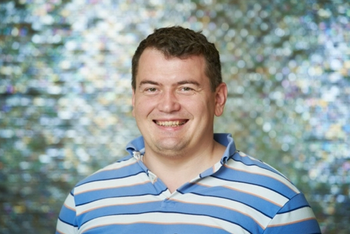
Dmitry Kurouski has won the 2023 Emerging Leader in Molecular Spectroscopy Award for his molecular spectroscopy studies revolving around plants.

Dmitry Kurouski has won the 2023 Emerging Leader in Molecular Spectroscopy Award for his molecular spectroscopy studies revolving around plants.

Using in situ infrared (IR) spectroscopy and ambient pressure X-ray photoelectron spectroscopy (XPS), scientists were able to differentiate “species” of peroxide.
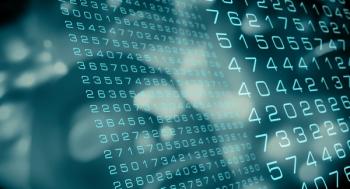
A new algorithm combines iterative reweighted partial least squares (irPLS) with the block order and scale independent component-wise mukltiblock LS modeling to deliver more robust multiblock predictive modeling.

A recent study provided a procedure for evaluating the dead time effect and highlighted the importance of careful consideration of non-linear effects in TXRF spectroscopy.

A new method for detecting adulterated milk could lead to analyzing other food products more effectively.

Understanding the tissue composition and microstructure in rabbit meat can help researchers develop better methods for assessing overall meat quality.

Evaluating different spectral collection strategies for identifying Dalbergia species using handheld LIBS is a significant advancement in the field of wood identification.

A smartphone-based, portable visible-near-infrared diffuse reflectance spectroscopy (DRS) method can perform pre-symptomatic detection of late blight disease in potato leaves.
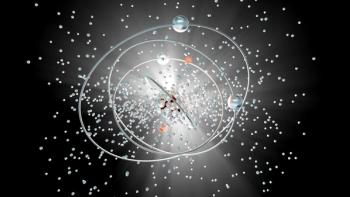
A recent study describes the development of a neural network data analysis method to rapidly characterize gallium concentration in plutonium matrices using laser-induced breakdown spectroscopy (LIBS).
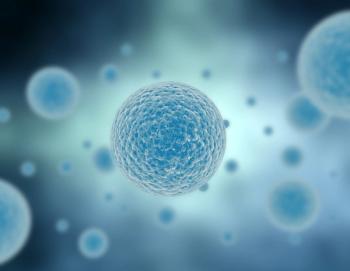
A Raman calibration model was created to study cell cultures.

In situ UV-vis spectroscopy is an inexpensive and fast method that was proven to distinguish different types of batteries and energy storage mechanisms.

Multifunctional tip-enhanced spectroscopy was shown to be able to control semiconductor particles to improve their luminous efficiency.
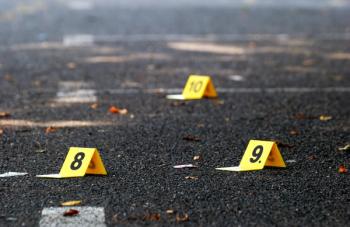
According to new research, two new Raman spectroscopy approaches, reducing a spectrum complexity (RSC) and multivariate curve resolution combined with the additions method (MCRAD), can detect bloodstains on a multitude of well-known substrates, with RSC proving to be the more effective technique.

According to the study, partially oxidized Ag nanowires can provide high ethanol selectivity for carbon dioxide electroreduction.

According to the study, surface-enhanced Raman spectroscopy (SERS) was used to develop a new semiconductor-based technique for identifying trace chemicals.

Two researchers from Boston University introduce advanced computational methods to push the boundaries of coherent Raman scattering (CRS) microscopy.

A new spectroscopy probe can provide real-time information to help doctors navigate inside the brain when placing electrodes for deep brain simulation treatment for patients afflicted with Parkinson’s disease.
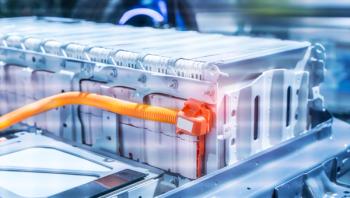
Using synchrotron radiation and simulations via machine learning and thermogravimetric analysis, researchers at Kyushu University determined how to observe proton movement in perovskite-based electrolytes.
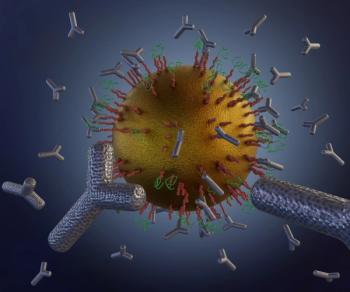
A new atomic force microscopy (AFM)-based method allows the study of unbinding a ligand from a protein bound to a surface not only along a single coordinate, but along all three Cartesian coordinates (1).
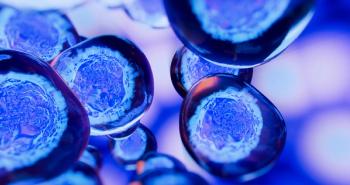
A new robust Raman flow cytometry platform promises to provide analysis of cellular populations to profile their dynamic metabolic features.
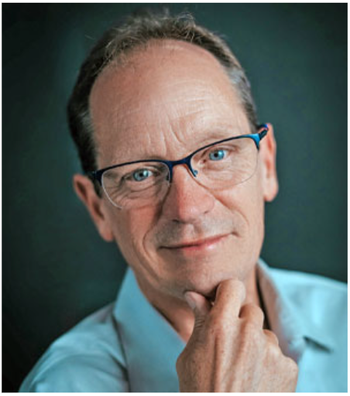
Craig Prater was named the 2023 recipient of the Williams-Wright Award, which is given out annually by the Coblentz Society. He was recognized at Pittcon 2023, which took place in Philadelphia, Pennsylvania.
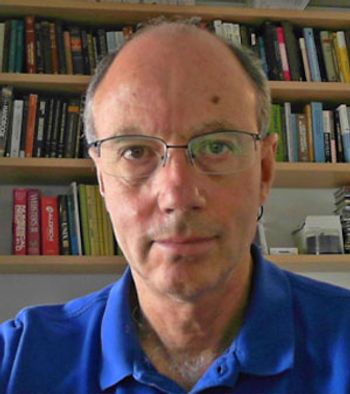
Robert Tycko received the 2023 Pittsburgh Spectroscopy Award for his contributions in the field of spectroscopy. He was recognized at Pittcon 2023, which took place in Philadelphia, Pennsylvania.

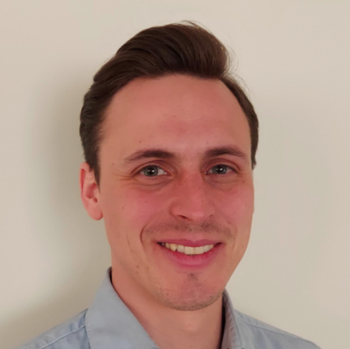
Thibaut Van Acker has won the European Rising Star Award for 2023. He will receive the award on February 1 at the European Winter Conference on Plasma Spectrochemistry 2023 (EWCPS 2023) in Ljubljana, Slovenia, where he will give a keynote talk, titled, “Pushing the Limits of Elemental Mapping via Laser Ablation – ICP-mass spectrometry with a Nanosecond 193 nm kHz Laser.”
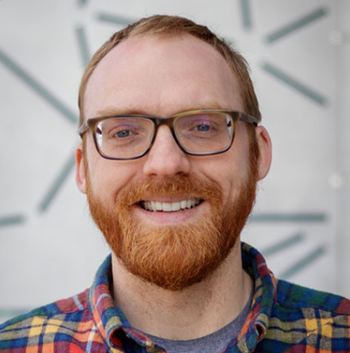
Alexander Gundlach-Graham has won the JAAS Emerging Investigator Award for 2023. He will receive the award on February 3 at the European Winter Conference on Plasma Spectrochemistry 2023 (EWCPS 2023) in Ljubljana, Slovenia, where he will give a keynote talk, titled, “Defining the Limits of Nanoparticle and Microparticle Classification for spICP-TOFMS Analyses.”

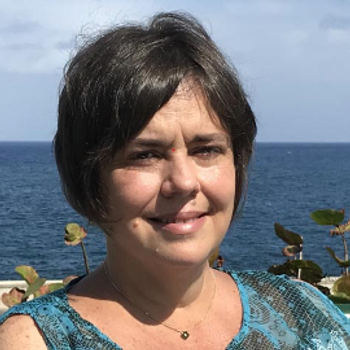
Heidi Goenaga Infante has won the 2023 European Award for Plasma Spectrochemistry. She will receive the award on February 3 at the European Winter Conference on Plasma Spectrochemistry 2023 (EWCPS 2023) in Ljubljana, Slovenia, where she will give a plenary talk, titled, “A Journey of Continued Contributions to Plasma Spectrochemistry: Focus on Metrology at the Nanoscale.”

Andreas Riedo of the Physics Institute at the University of Bern, the 2023 winner of the Emerging Leader in Atomic Spectroscopy Award, is using laser ablation–desorption ionization mass spectrometry (LIMS) to chemically analyze complex mineral surfaces found in space exploration.
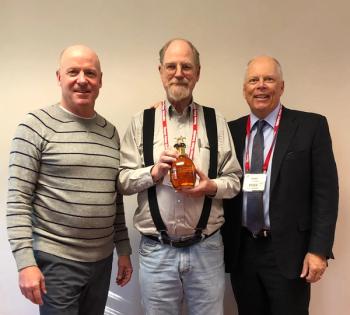
At the recent Eastern Analytical Symposium (EAS), held November 14–16, Donald Dahlberg taught his 20th, and final, short course on chemometrics, called “Chemometrics Without Equations.”

The Eastern Analytical Symposium (EAS) supports a Student Research Awards program to recognize students involved in research in the broad field of analytical chemistry.